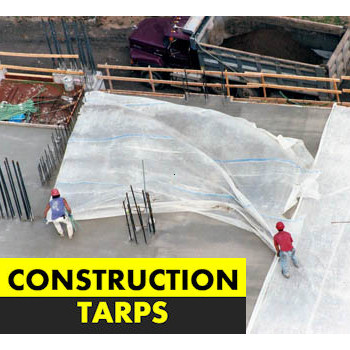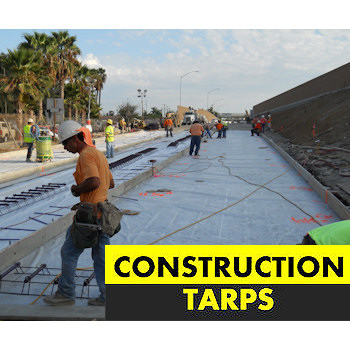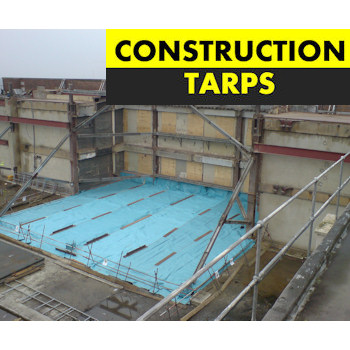A strong and durable concrete is necessary if you want to make sure your buildings and related structures last. However, with extreme temperatures, achieving a solid concrete can be tricky, especially if you have no idea how to protect it.
As a guide, here 13 of the best tips you should try when it comes to seasonal pouring.

1. The cold weather techniques should be implemented once the temperature reaches 40°F and below.
2. With a cold temperature, bleeding doesn’t start right away. It also tends to last longer and involve more water than usual. When this water has not evaporated completely, it can weaken the surface of your concrete. You can wait for the water to bleed thoroughly or use vacuums.
3. If the concrete has a temperature higher than 50°F, you can leave the blanket for just a couple of days.
4. The insulating value of concrete varies with its thickness, content as well as lowest air temperature.

5. If you anticipate freezing, put triple layers of insulating blankets around the corners. In case of strong winds, make sure that the edges of the blankets won’t be blown off. You can secure them with protruding rebars.
6. To check if the concrete is strong enough to be left alone, you can use an infrared temperature gun or decide based on maturity methods.
7. Hydronic heating pipes and electric heating blankets are great options if the blankets won’t be enough.
8. If the techniques and tools above are still insufficient, you can choose temporary enclosures. They can be a bit expensive but they are can get the job done.

9. Be careful when using dry air in an enclosed space as it can make the surface of the concrete crusty and weak.
10. Carbonation is often a potential problem with the use of temporary heat. It can result to a soft and chalky concrete surface.
11. If the concrete is successfully maintained at 50°F, you can remove its protection. However, to ensure durability, it’ll be better if you wait around 4 weeks before utilizing it.
12. To eliminate carbonation problems, you can use heaters that exhaust externally of an enclosed space.
13. Avoid the use of additional water when curing concrete in cold weather.
